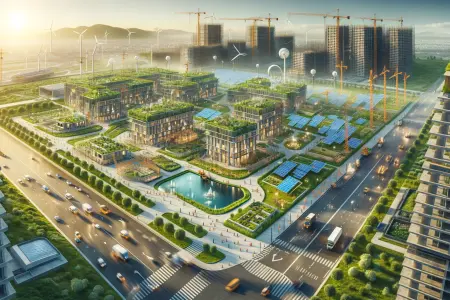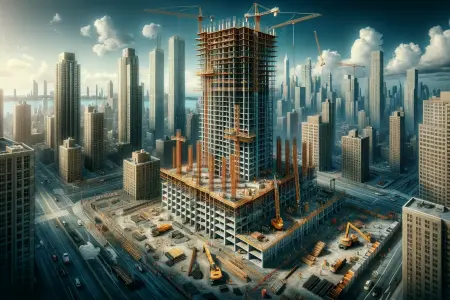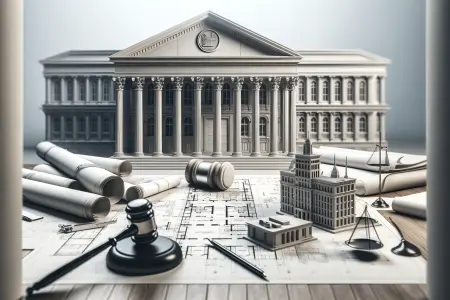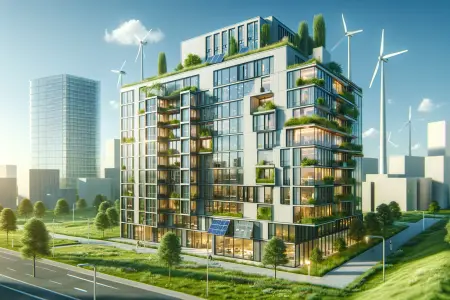In the construction industry, adhering to established norms and standards isn't just about compliance; it's about ensuring quality, safety, and sustainability. This guide delves into the critical standards and legislative frameworks that govern construction practices, from on-site safety to ecological considerations.
Unpacking the essentials of construction standards and legislation:
- Building with Integrity. Construction norms and standards provide the blueprint for building integrity. They encompass a wide range of aspects including structural safety, material quality, and design specifications. Understanding these norms is crucial for architects, engineers, and builders alike to ensure that every structure stands solid, safe, and durable.
- Safety and Environmental Compliance. Safety standards are not merely guidelines but lifelines on a construction site. They protect workers, residents, and the environment from potential hazards. Similarly, ecological construction norms are becoming increasingly vital in promoting sustainable practices and reducing the environmental footprint of new structures.
- Legal Frameworks and International Codes. The legal aspects of construction, including zoning laws and international building codes, provide a framework within which all construction activities must operate. They ensure that buildings not only meet local and global standards but also align with broader objectives of urban planning and energy efficiency.
As the construction industry evolves, so too do the norms and standards that govern it. Staying informed and compliant is not just a legal obligation but a moral one, ensuring that the structures we build today can withstand the test of time and contribute positively to our communities and environment. As we continue to push the boundaries of architecture and engineering, these standards will serve as our guideposts, ensuring that progress never comes at the cost of safety, quality, or sustainability.










